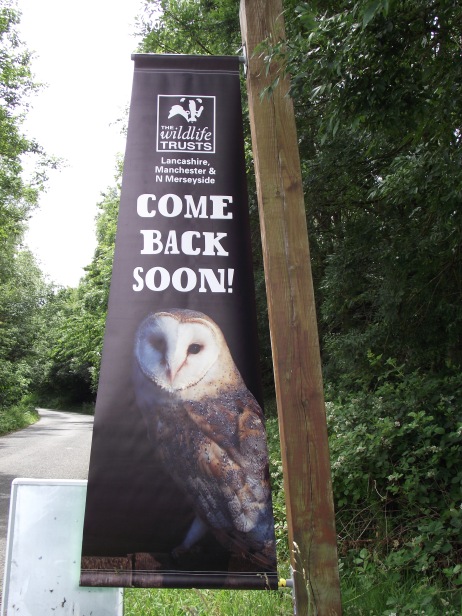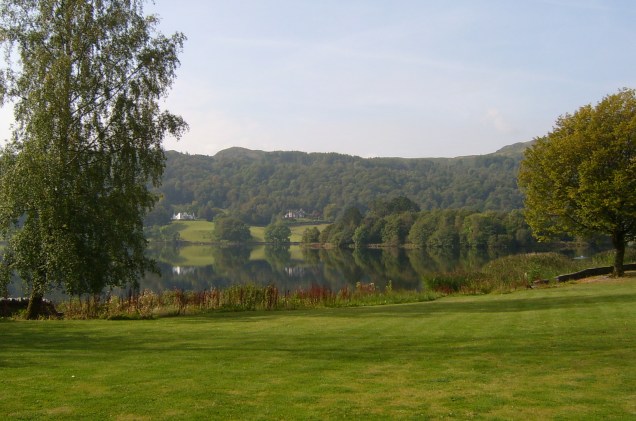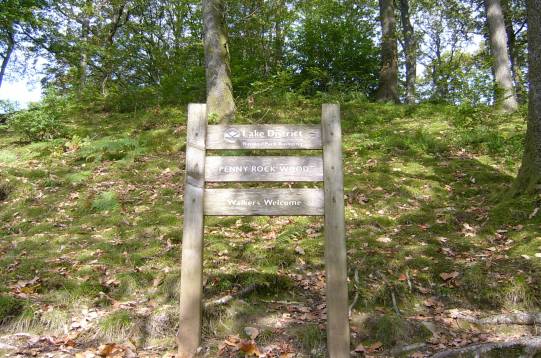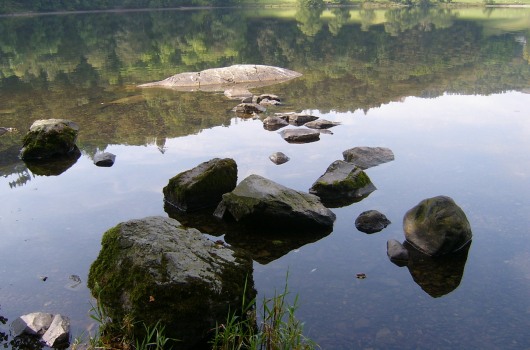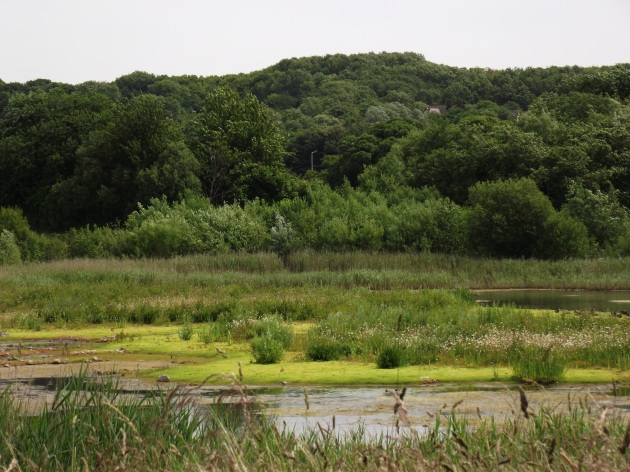
Brockholes ‘unreserved’ nature reserve is just outside Preston, Lancashire. It is owned by the Wildlife Trust for Lancashire, Manchester and North Merseyside and was developed on the site of a former quarry. I decided that a gorgeous warm Saturday afternoon was the perfect time to connect with the natural world.
As I don’t drive, the places I visit generally must be accessible by public transport. There is no bus service to the reserve, but I alighted at the nearest stop outside the Tickled Trout Hotel on the banks of the River Ribble. From there it’s a 1.3 mile walk along the Preston Guild Wheel recreational pathway which is popular with walkers and cyclists. I strolled at a leisurely pace, enjoying the sunshine and admiring a small herd of sleepy cattle.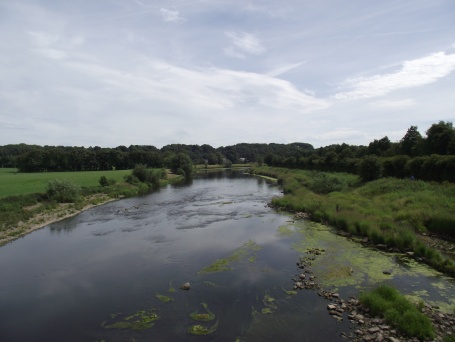
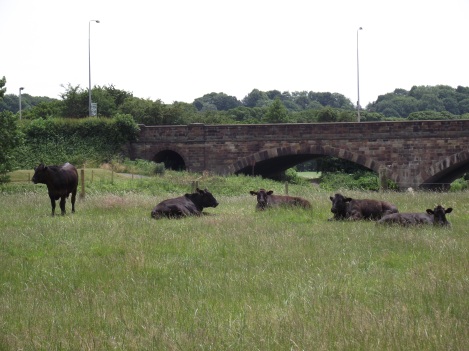
From the entrance to the reserve I would estimate it’s at least another half mile to the visitor village which is where site maps can be picked up.
The Brockholes website informed me that hundreds of different species of wildlife had become established there including otters, brown hares, deer, kingfishers, herons, osprey, Lancashire’s first sighting of a Pallid Harrier and many rare species of birds depending on the time of year. I readily admit I am no bird expert – far from it – and didn’t have any particular expectations, though I would have loved to have seen a bird of prey. I was also hoping for an encounter with some deer and otters.

On first entering the reserve I passed a ‘no dogs’ sign, there for obvious reasons. Within five minutes, I passed two couples coming away from the direction of the reserve – yes, with dogs! Signs inform that there is CCTV around the reserve, and shortly after I came across a staff member on patrol, so hopefully the Brockholes mammals are kept safe from ignorant people.
The ‘village’ is of an innovative eco design and floats on a central lake surrounded by reed beds. There is a venue for corporate events and conferences, and people even choose Brockholes for their nuptual celebrations, saying ‘I do’ in the woodland, on the banks of the River Ribble or in a dedicated wedding room. The whole reserve, but especially the central village, is very popular with families.
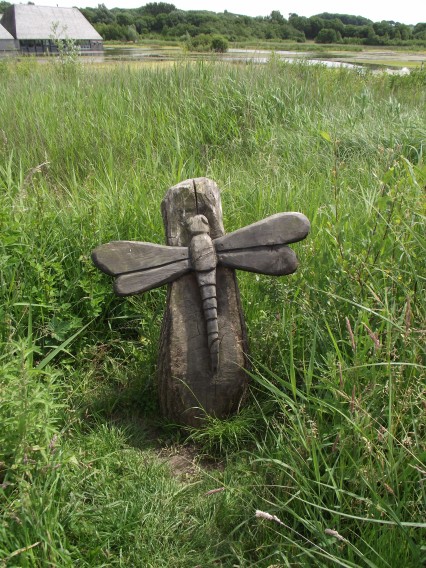

The vegetation on both sides of the track was literally buzzing with insect life, an abundance of dragon flies sparkling blue against the wild grasses.
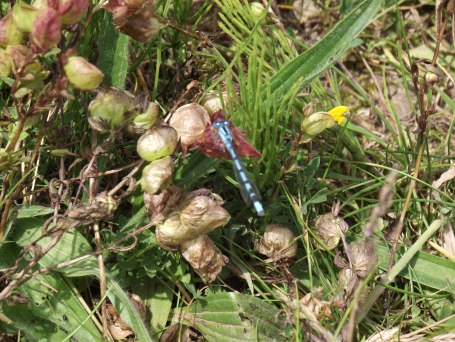
Butterflies flitted between the wildflowers, most of them too quickly for me to get any clear shots. A Meadow Brown was almost perfectly camouflaged.
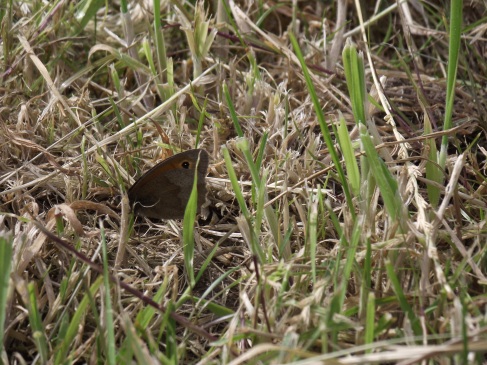
Some wildflowers like the germander speedwell have been purposely cultivated whilst others like the tufted vetch and meadow vetchling commonly occur by roadsides and in wildflower meadows.
Once in the ‘village’ I headed for the visitor centre to pick up a map and then went for a look around.

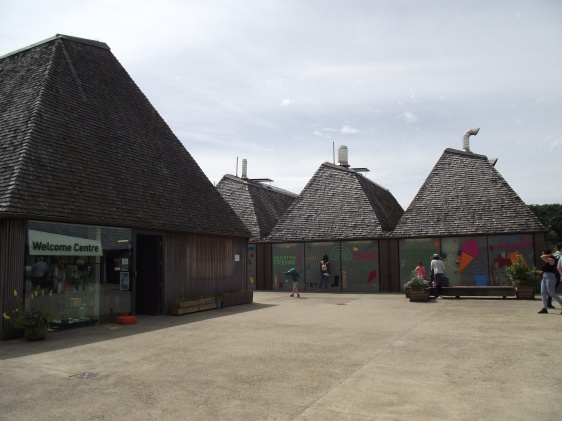
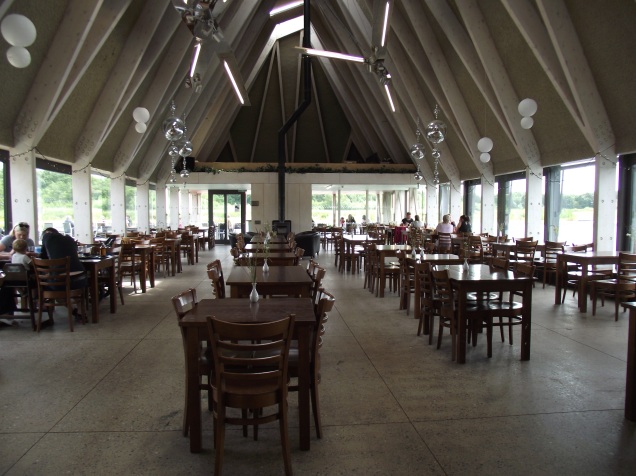


Peering over the side of a pond I spotted the shapes of unidentifiable fish of various sizes gliding between cobbles and under the wooden walkway. A particularly loud girl of about 12 was sulkily protesting that the fish were swimming away out of view….go figure!
A stroll around the accessible side of the lake revealed little beneath the surface except decorative pond ornaments and lily pads, much to the disappointment of the parents and toddlers scanning the depths.
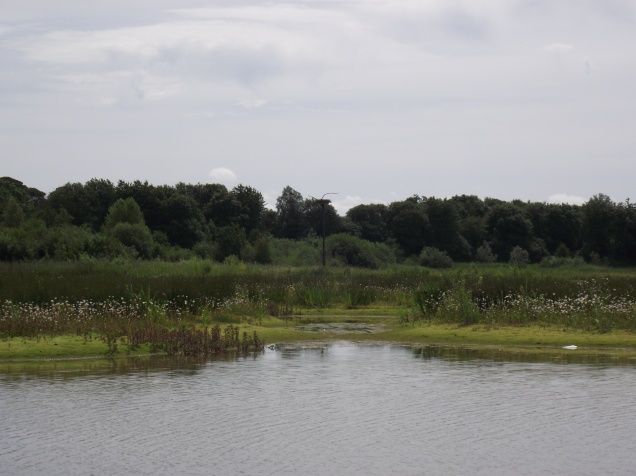
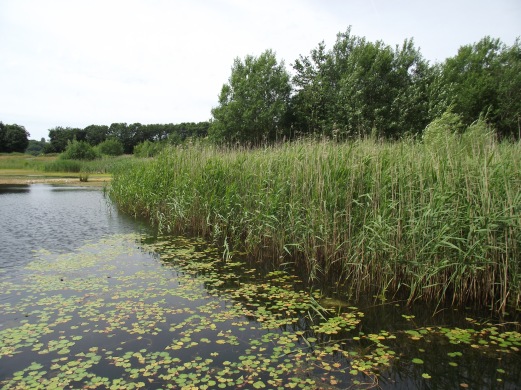
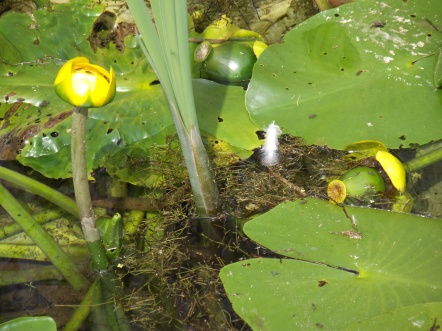
Therein is the paradox: to bring in the money to look after wildlife, the Trust must attract visitors who splash their cash but whose noise and frenetic activity ultimately frightens away the wildlife. Catering solely or mainly for serious birdwatchers would not get enough visitors in, hence the ice cream parlour and huge restaurant along with children’s playground and educational centre where lots of little ones were busy with colouring books and crayons. I had mixed feelings about this: it’s brilliant that children are developing an awareness of the natural world, yet I felt that many of those visitors were there solely for an ice cream or lunch in a lovely setting with free admission. The wildlife seemed incidental.
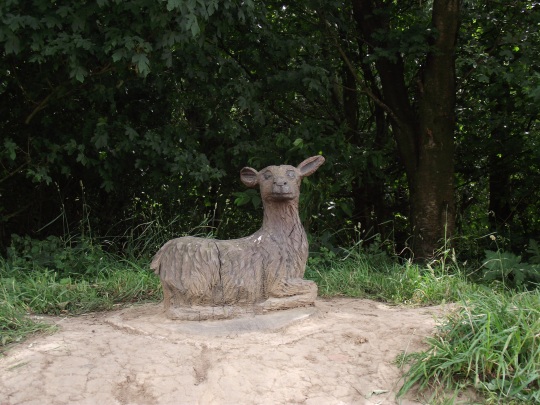
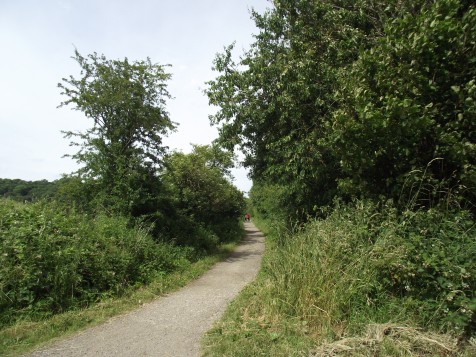
The reserve covers 250 acres but I stayed quite close to the main paths. I spotted a lookout so went inside expecting a few twitchers with binoculars trained on the lake.
I discovered instead a two-year-old running wild and banging on the glass to the amusement of his parents and another dad pushing a pram back and forth trying to soothe a screaming baby. Back outside then….

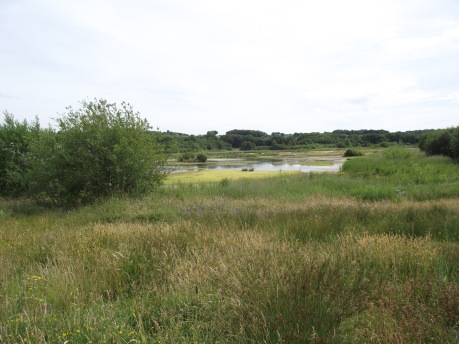
I spent a couple of pleasant hours at Brockholes and saw swans and wildfowl which I photographed from a distance as I was walking back towards the entrance.
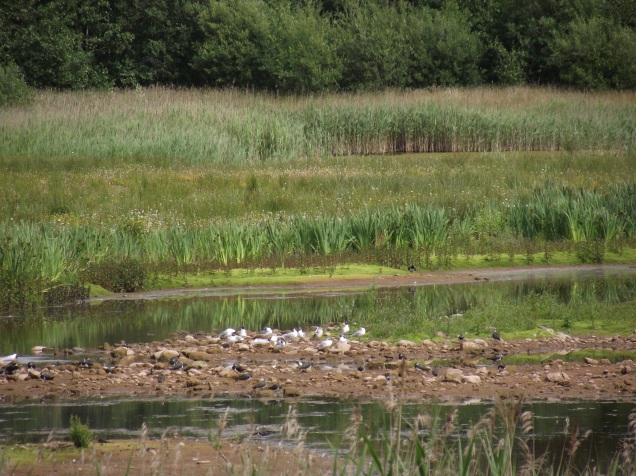

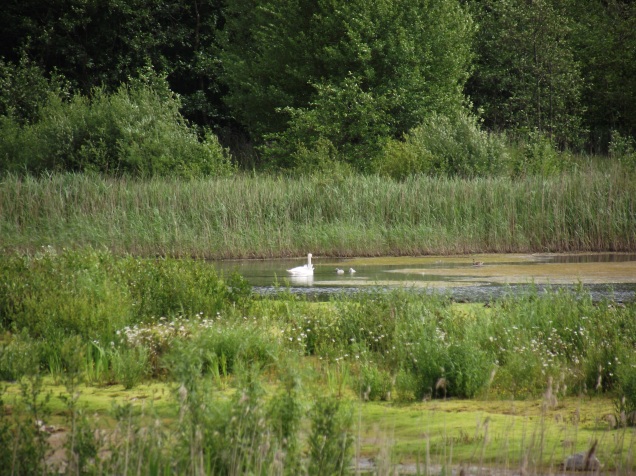
I know from other people’s accounts that it is possible to see rare bird species on the reserve, and such a sight must be thrilling, though most unlikely on a sunny Saturday afternoon in June.
